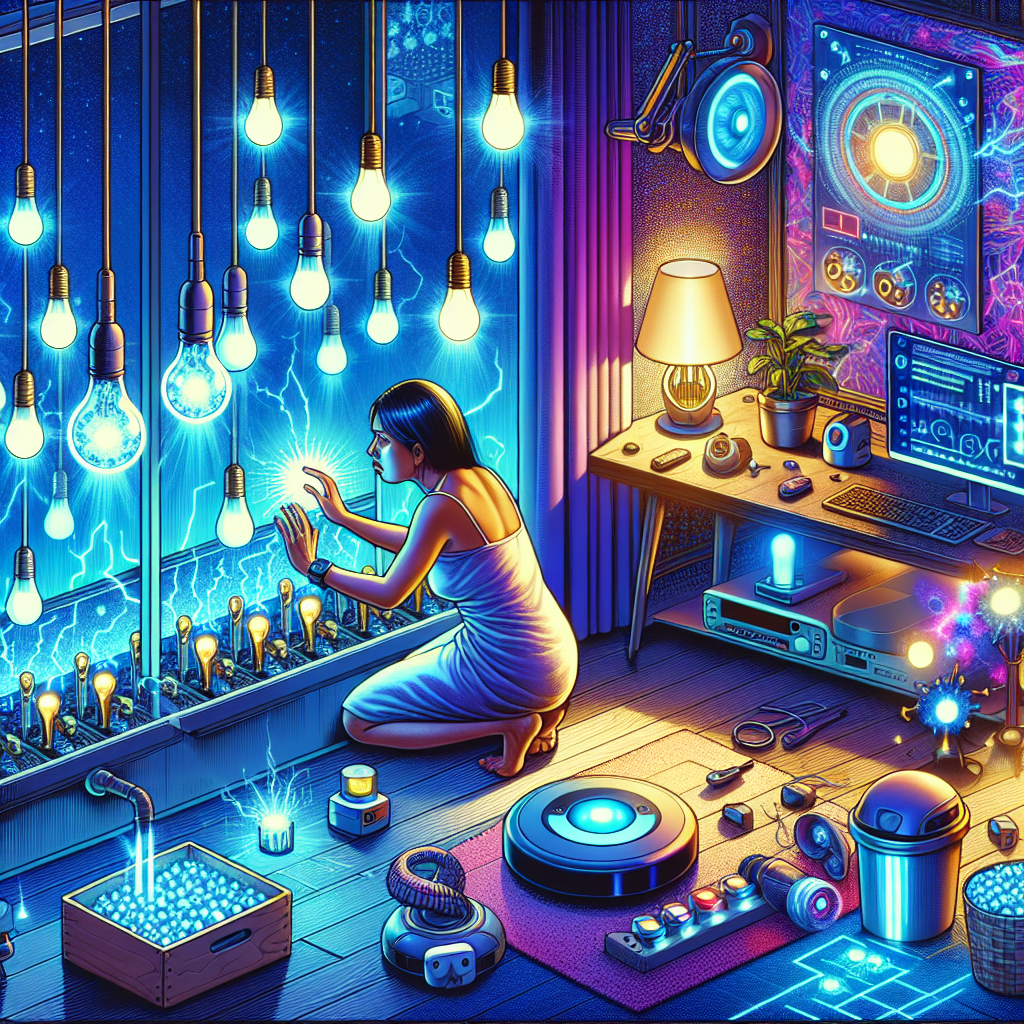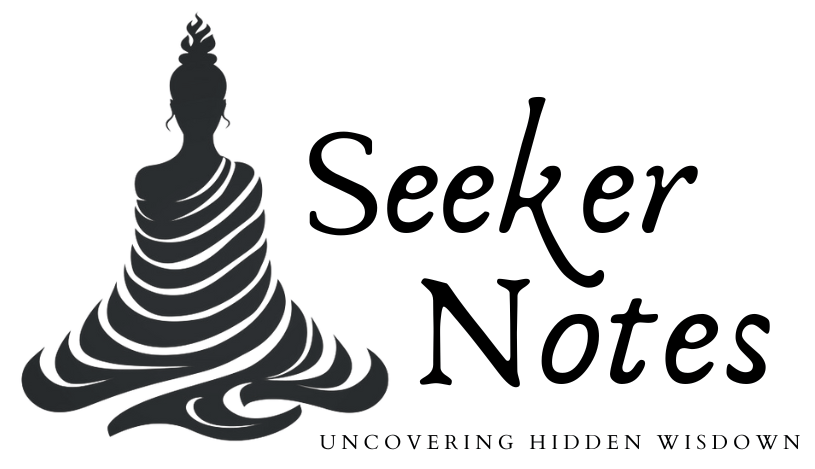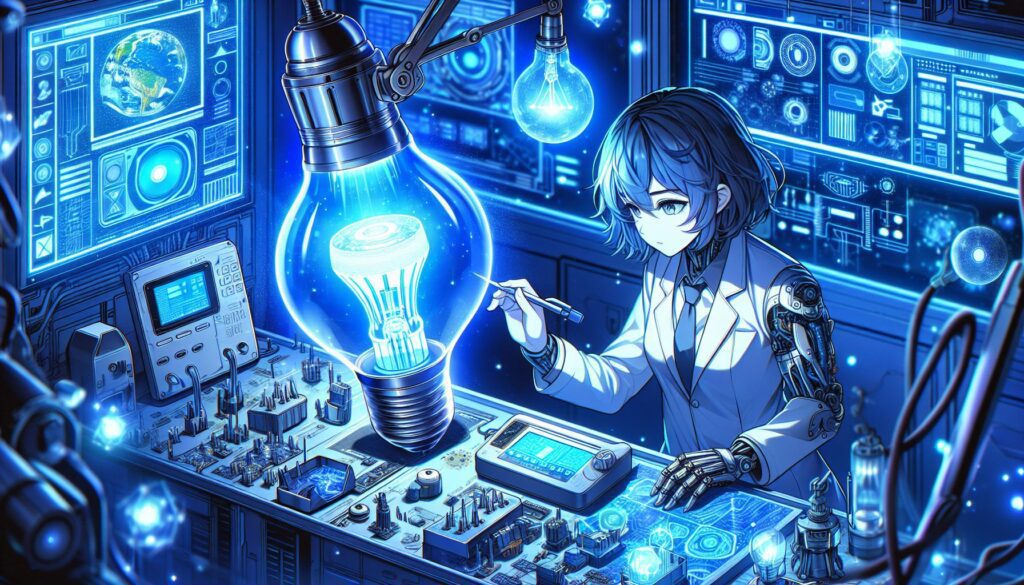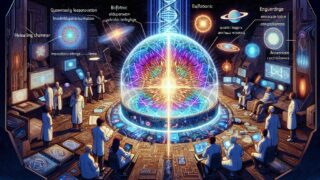Understanding the Impact of Blue Light
In 2016, the American Medical Association (AMA) announced a link between blue light and cataracts. Blue light, primarily emitted by LED lights, has been shown to affect your ability to relax. The high intensity of blue light can cause anxiety and make it difficult for you to unwind.

The Risks of LED Lights
Switching to LED lights might seem like a good idea to save energy, but it comes with its problems. If you replace incandescent or halogen bulbs with LEDs, you could be at higher risk for eye problems such as cataracts. Furthermore, when LED bulbs break, they emit toxic substances. Handling broken LEDs can be complicated and may even require legal action due to potential harm.
Precautionary Measures
Consider these steps to protect yourself and your family:
- 🔵 Avoid prolonged exposure to blue light. Opt for bulbs that emit less blue light, such as halogens or incandescents.
- 🔧 Handle broken LEDs with care. If an LED bulb breaks, follow safety procedures to clean up and dispose of it properly.
- 🛑 Be cautious about new technologies. Be skeptical of devices offered for free or heavily promoted. They can have hidden risks.
Concerns About Technology Integration
With new technology, such as smart home devices, there are additional concerns. Some LED lights can sync with other devices in your home. For example, if you cook multiple meals, these smart devices could potentially disable your lights and oven, leading to inconvenient or even dangerous situations.
Protect Your Privacy
To prevent these issues:
- 🔒 Manage device settings. Regularly review and adjust settings on your smart devices to avoid unwanted interactions.
- 🚫 Limit smart home integration. Only integrate devices that you find necessary and trustworthy.
Being informed about the risks of blue light and advanced technologies can help you make better choices for your health and wellbeing.







